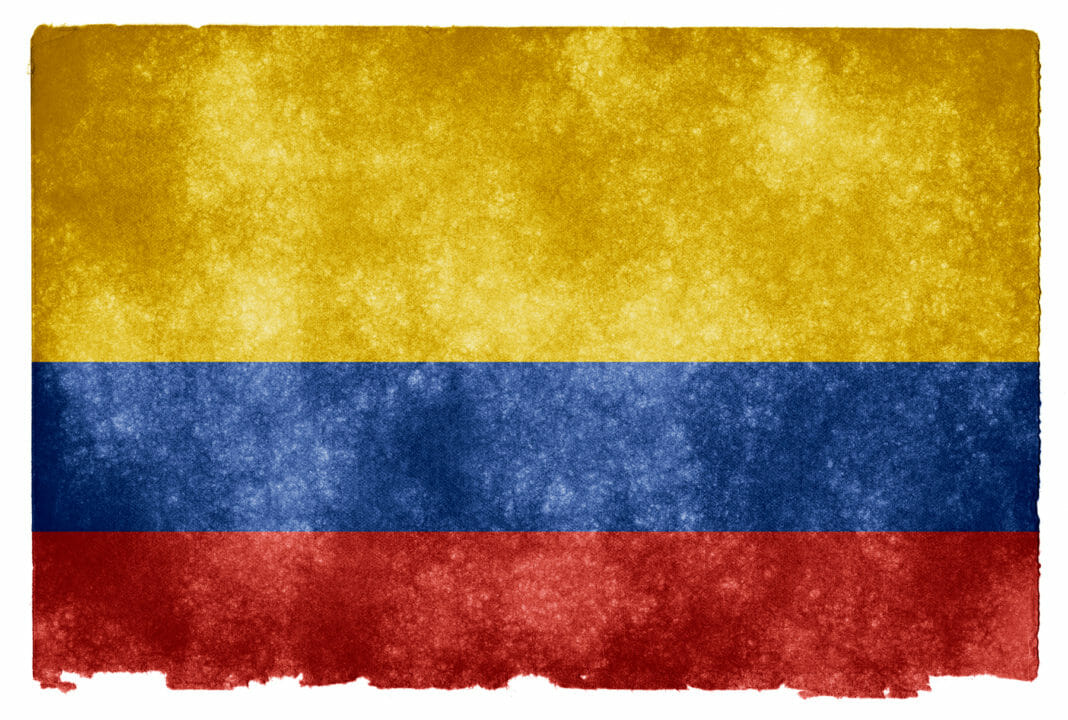Open Forest Protocol (OFP), based on NEAR Protocol, announced its first carbon credit verified with blockchain technology. Open Forest Protocol works as an “on-chain carbon” game of real-world assets (RWA), and its first project “Celsia” is in Colombia. OFP detailed that all credits created are automatically distributed to the project wallet after verification and issuance.
The NEAR Protocol-based carbon credit verification and issuance platform, Open Forest Protocol (OFP) announced its issuance of the first carbon credit verified with blockchain technology. The launch was carried out through the Celsia Carbon Development Project, a program established in Colombia.
OFP explained that the launch of the first carbon credit in Near Protocol will be the “first of many planned for 2024,” since it would have a portfolio of more than 70 projects for up to 6,000 hectares on-chain. Carbon credits will be launched on its OFP platform.
NEAR Protocol behind Open Forest Protocol Carbon Credits
OFP is built on the NEAR Protocol ecosystem and works as an “on-chain carbon” game of real-world assets (RWA). That is, Open Forest seeks to issue carbon credits natively from the NEAR blockchain.
The first project to come out of OFP’s first carbon credit is called “Celsia”, an ecological restoration program in Colombia, led by Grupo Argos, which will increase the forest coverage of hydrographic basins that supply the municipal aqueducts of Valle del Cauca, Antioquia, Atlántico and Tolima.
The “Celsia” project will seek to increase the diversity of species and flora, minimize risks of landslides and erosion, and propagate native forest species, as well as to train for greater knowledge of restoration and exchange of knowledge in the community.
In this regard, NEAR Protocol explained the following:
“For the first time, a fully ‘data-backed’ carbon credit has been issued, to the extent that an off-taker or third-party trader can easily verify on-chain the following details about their carbon credit:
Where it came from.
When the project started.
What data was collected to create the carbon credit.
When the data was uploaded.
Who verified the data.
How many counterparties verified the data.
What methodology was used to create and issue the credit.
Where the credit was issued.
When the credit was offset.”
Carbon Credit Market Backed by Blockchain Technology Grows
OFP explained that all credits created are automatically distributed to the project wallet after verification and issuance, and a portion of the credit goes to a buffer pool, as well as to OPN protocol holders.
Meanwhile, the credits will be documented in multiple tokens, according to the NEP-245 standard, which will allow any member of the project to see the amount and project ID of the carbon credit in question.
“Open Forest is a unique protocol built on NEAR that holds the promise of bringing On-Chain carbon to the Voluntary Carbon Market (VCM) at scale. This means that both institutions, carbon traders, and crypto-protocols, can easily access some of the highest quality carbon credits in the world, with confidence towards its integrity and longevity.”
According to NEAR Protocol, OFP has more than 80 projects representing more than 5,000 hectares. In addition, it will incorporate 65 projects in 2024, while one of its most relevant projects is in the Ivory Coast for 3,500 hectares.
At the beginning of the year, Santiment revealed that Artificial Intelligence (AI) and real-world assets (RWA) will be the main drivers of the cryptocurrency ecosystem in the coming months, and that AI and Real World Assets have generated the greatest interest in the last six months.
By Leonardo Perez











